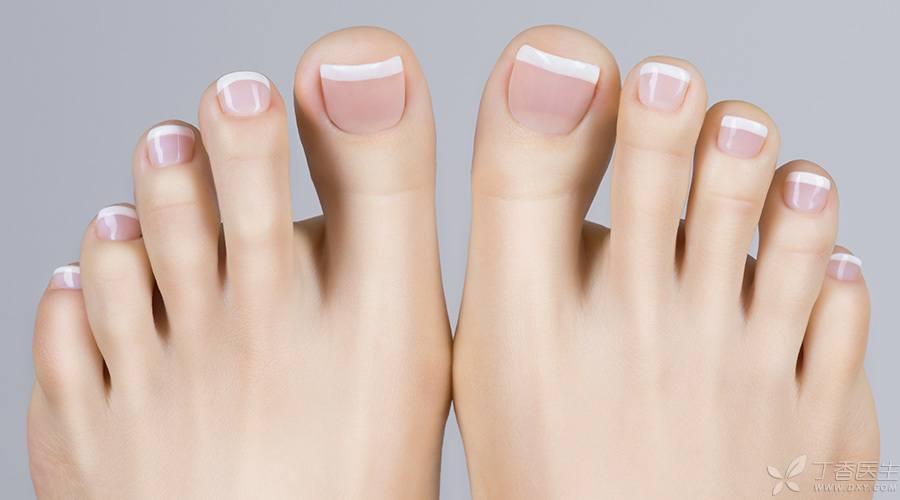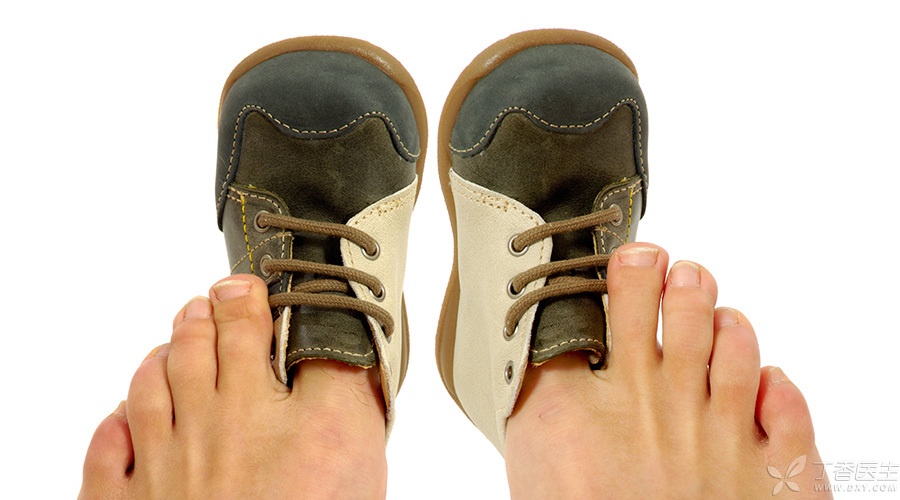
Summer is coming, imperfect body and local skin defects are inevitable to see the light. The embarrassment of ugly daughter-in-law seeing her mother-in-law happens every day, and some people start all kinds of cramming like laws.
For example, the number of people anxious to treat onychomycosis in outpatient clinics has begun to double.
Your [onychomycosis] is not necessarily onychomycosis
Many people came to the doctor to prescribe medicine for onychomycosis, but I found that some of them were not onychomycosis at all. However, some people have already taken antifungal drugs on their own for a long time, which is really pitiful and exasperating.
It is no wonder that the most well-known toenail deformation is onychomycosis, and the advertisement of “getting onychomycosis, one infection and two infections” is deeply rooted in the hearts of the people.
However, in addition to onychomycosis, there are also some common diseases that can also cause toenail deformation: nail malnutrition, nail stripping, nail longitudinal ridge, subnail congestion, psoriasis nail, nail lichen planus, etc.
Among them, nail malnutrition and subnail congestion are very common.
Nail dystrophy
Although it is called [malnutrition], it is not necessarily caused by lack of certain vitamins or poor eating.
[A malnutrition] may be related to local nutrition not keeping up with it, or it may be other factors. If the cause of the disease cannot be found, everyone does not need to delve into it. The key is that the investigation is not clear, and the doctor has not yet made it clear.
What we need to know is that the common manifestations of [nail malnutrition] are toenail deformation, toenail separation, etc.

Subnail blood stasis
[Blood stasis under the nail] is also common, usually manifested as nails turning purplish red or brown, because the length of bleeding time varies and the color varies.
Blood stasis is caused by vascular rupture. The most common cause of vascular rupture is external force.
However, if the doctor diagnoses [blood stasis under the nail], you don’t have to try your best to think about where you have been smashed or trampled. Everyone’s blood vessels are brittle, and some people may cause blood stasis after exercise by wearing new shoes or even socks with high elasticity.
If the amount of bleeding [subnail blood stasis] is small, it can be absorbed; However, if the amount of bleeding is large, it will cause toenail separation or other deformation.

Shoes too tight feet, may cause blood stasis under the nail, and then toenail deformation
How to identify onychomycosis
How to identify the real onychomycosis from many [false onychomycosis]?
There are three points:
First of all, onychomycosis is an infectious disease, so it usually starts with one toenail, and the number of diseased nails increases slowly, possibly involving one or two toenails in a few months or even years. However, [malnutrition of the nail] and [blood stasis under the nail] are very fast, and multiple diseased nail may appear in a short period of time.
Secondly, if not treated, onychomycosis will generally gradually increase and worsen. However, malnutrition of the nail and blood stasis under the nail may improve or recur on their own.
Third, onychomycosis is a fungal infection, so fungal examination is positive (of course, sometimes false negative results will appear), but if you are malnourished and subnail blood stasis, it is definitely negative results.
In short, toenail deformation is not necessarily onychomycosis, don’t judge by yourself and take antifungal drugs casually. First, identify it according to the above methods. If you really don’t know, find a dermatologist to show you and do a fungal examination to further confirm.
